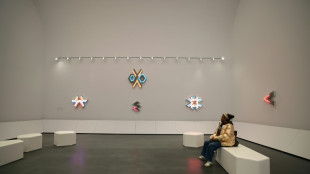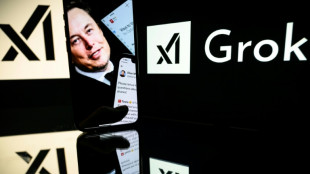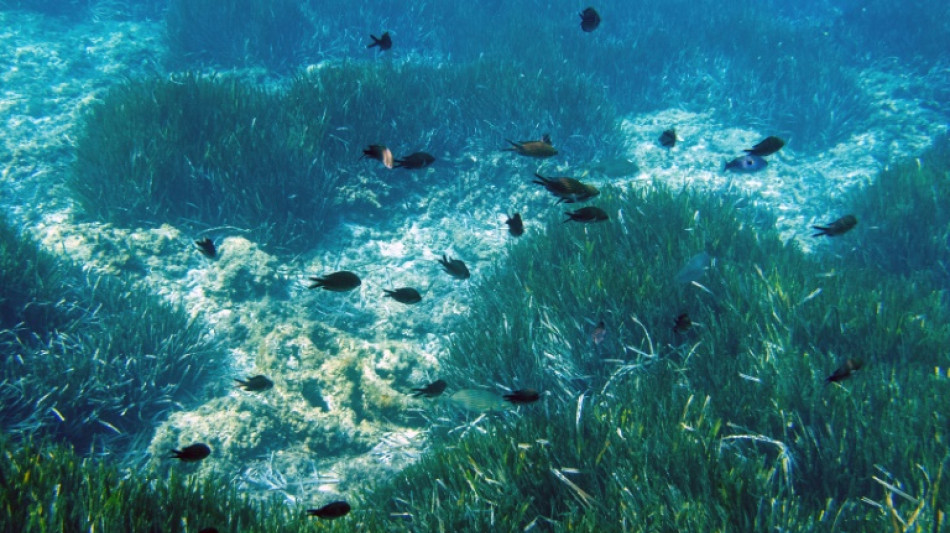
-
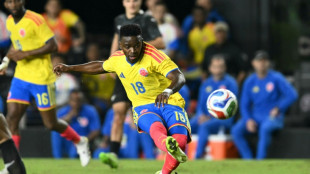 Colombia beats New Zealand 2-1 in friendly clash
Colombia beats New Zealand 2-1 in friendly clash
-
France's Aymoz wins Skate America men's gold as Tomono falters

-
 Gambling ads target Indonesian Meta users despite ban
Gambling ads target Indonesian Meta users despite ban
-
Joe Root: England great chases elusive century in Australia
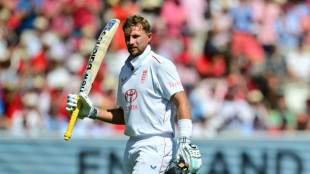
-
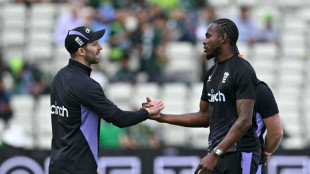 England's Archer in 'happy place', Wood 'full of energy' ahead of Ashes
England's Archer in 'happy place', Wood 'full of energy' ahead of Ashes
-
Luxury houses eye India, but barriers remain
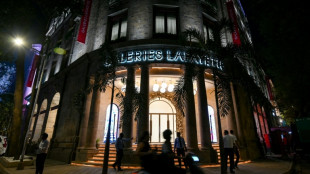
-
 Budget coffee start-up leaves bitter taste in Berlin
Budget coffee start-up leaves bitter taste in Berlin
-
Reyna, Balogun on target for USA in 2-1 win over Paraguay
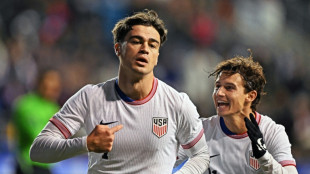
-
 Japa's Miura and Kihara capture Skate America pairs gold
Japa's Miura and Kihara capture Skate America pairs gold
-
Who can qualify for 2026 World Cup in final round of European qualifiers

-
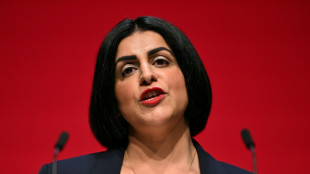 UK to cut protections for refugees under asylum 'overhaul'
UK to cut protections for refugees under asylum 'overhaul'
-
England's Tuchel plays down records before final World Cup qualifier

-
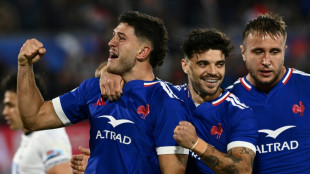 Depoortere double helps France hold off spirited Fiji
Depoortere double helps France hold off spirited Fiji
-
Scotland face World Cup shootout against Denmark after Greece defeat

-
 Hansen hat-trick inspires Irish to record win over Australia
Hansen hat-trick inspires Irish to record win over Australia
-
Alcaraz secures ATP Finals showdown with 'favourite' Sinner

-
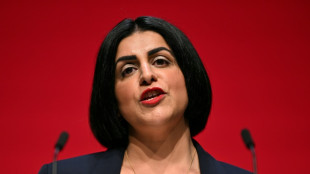 UK to cut protections for refugees under asylum 'overhaul': govt
UK to cut protections for refugees under asylum 'overhaul': govt
-
Spain, Switzerland on World Cup brink as Belgium also made to wait

-
 Sweden's Grant leads by one at LPGA Annika tournament
Sweden's Grant leads by one at LPGA Annika tournament
-
Scotland cling to hopes of automatic World Cup qualification despite Greece defeat

-
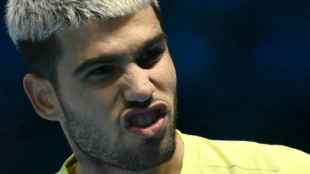 Alcaraz secures ATP Finals showdown with great rival Sinner
Alcaraz secures ATP Finals showdown with great rival Sinner
-
England captain Itoje savours 'special' New Zealand win

-
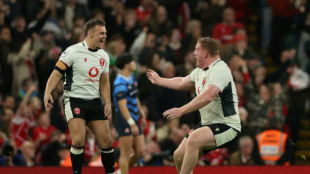 Wales's Evans denies Japan historic win with last-gasp penalty
Wales's Evans denies Japan historic win with last-gasp penalty
-
Zelensky renews calls for more air defence after deadly strike on Kyiv

-
 NBA's struggling Pelicans sack coach Willie Green
NBA's struggling Pelicans sack coach Willie Green
-
Petain tribute comments raise 'revisionist' storm in France
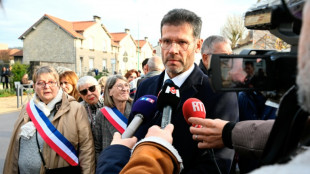
-
 Spain on World Cup brink as Belgium also made to wait
Spain on World Cup brink as Belgium also made to wait
-
Spain virtually seal World Cup qualification in Georgia romp
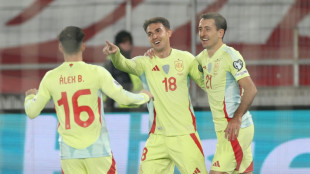
-
 M23, DR Congo sign new peace roadmap in Doha
M23, DR Congo sign new peace roadmap in Doha
-
Estevao, Casemiro on target for Brazil in Senegal win

-
 Ford steers England to rare win over New Zealand
Ford steers England to rare win over New Zealand
-
Massive march in Brazil marks first big UN climate protest in years
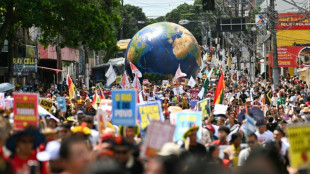
-
 Spain rescues hundreds of exotic animals from unlicensed shelter
Spain rescues hundreds of exotic animals from unlicensed shelter
-
Huge fire sparked by explosions near Argentine capital 'contained'
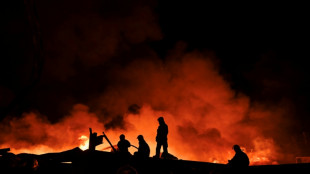
-
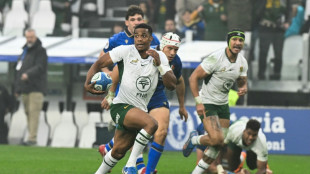 South Africa defy early red card to beat battling Italy
South Africa defy early red card to beat battling Italy
-
Sinner beats De Minaur to reach ATP Finals title match
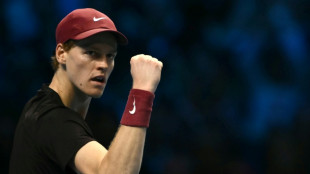
-
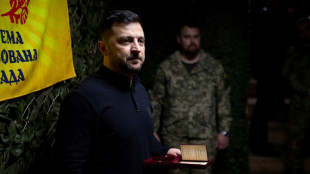 Zelensky vows overhaul of Ukraine's scandal-hit energy firms
Zelensky vows overhaul of Ukraine's scandal-hit energy firms
-
South Africa defy early red card to beat Italy

-
 Alex Marquez claims Valencia MotoGP sprint victory
Alex Marquez claims Valencia MotoGP sprint victory
-
McIlroy shares lead with Race to Dubai title in sight
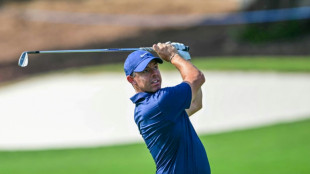
-
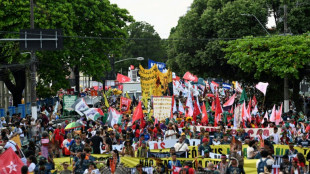 Climate protesters rally in Brazil at COP30 halfway mark
Climate protesters rally in Brazil at COP30 halfway mark
-
Spike Lee gifts pope Knicks jersey as pontiff meets film stars

-
 BBC caught in crossfire of polarised political and media landscape
BBC caught in crossfire of polarised political and media landscape
-
'Happy' Shiffrin dominates in Levi slalom for 102nd World Cup win
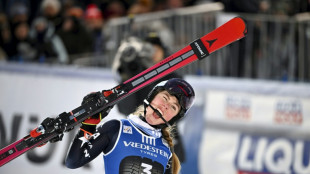
-
 Palestinian national team on 'mission' for peace in Spain visit
Palestinian national team on 'mission' for peace in Spain visit
-
Brazilian 'Superman' cheers child cancer patients in Ghana
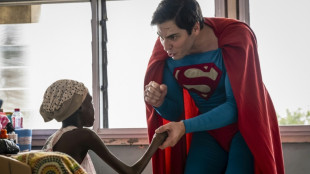
-
 India close in on win over South Africa after Jadeja heroics
India close in on win over South Africa after Jadeja heroics
-
Huge explosions rock industrial area near Argentina's capital

-
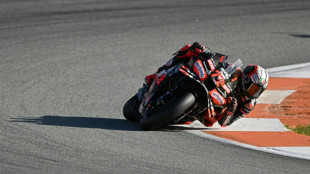 Bezzecchi takes pole for Valencia sprint and MotoGP
Bezzecchi takes pole for Valencia sprint and MotoGP
-
Dominant Shiffrin leads after first slalom run in Levi
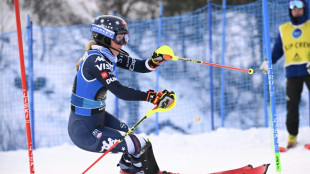

Less mapped than the Moon: quest to reveal the seabed
It covers nearly three-quarters of our planet but the ocean floor is less mapped than the Moon, an astonishing fact driving a global push to build the clearest-ever picture of the seabed.
Understanding the ocean depths is crucial for everything from laying undersea cables and calculating tsunami paths, to projecting how seas will rise as the climate warms.
When Seabed 2030 launched in 2017, just six percent of the ocean floor was properly mapped.
The project has since boosted that figure to over 25 percent, harnessing historic data, sonar from research and industry vessels, and growing computing power.
"As we put more data together, we get this beautiful picture of the seafloor, it's really like bringing it into focus," said Vicki Ferrini, head of the project's Atlantic and Indian Ocean Centre.
"You start to see the details and the patterns, you start to understand the (ocean) processes in a different way," added Ferrini, a senior research scientist at Columbia University's Lamont-Doherty Earth Observatory.
Satellite technology means we can now zoom in on the surface of the Moon, or a neighbourhood half-way around the world, but when it comes to the ocean floor, there's a basic problem.
"It's physics," said Ferrini. "The water is in the way."
While instruments can peer through relatively shallow depths to the sea floor, for most of the ocean only acoustic methods are viable -- sonar that pings the seabed and returns data on depths.
In the past, most ships used single beam sonar, sending down a single echo and offering one data point at a time.
Nowadays, multibeam sonar is common, explained Martin Jakobsson, dean of earth and environmental science at Stockholm University and co-head of Seabed 2030's Arctic and North Pacific centre.
"You get a swathe, almost like a 3D view directly, and that's really what we want to map the ocean with."
- 'More geopolitical than ever' -
But the availability of multibeam sonar did not translate into a central clearing house for data, and not all data collection is equal.
Different vessels collect at different resolutions, and data capture can be affected by the turbidity of the ocean and even the tides.
Collating, correcting and integrating that data is where Seabed 2030 has come in.
"We have this real patchwork," said Ferrini. "We do our best to weave it all together... making sure that we are normalising and justifying all of these measurements."
The project has set relatively coarse resolution targets for mapping -- grid cell sizes of 400 metres squared (4,300 square feet) for most of the ocean floor -- but even achieving that is a complicated process.
"It's a cost issue, it's also a 'people don't know why it's needed' issue," Jakobsson said.
"And right now it's more geopolitical than ever before," he added, particularly in the heavily contested Arctic.
- 'Just beautiful' -
The project has benefitted from some technological advances, including the spread of multibeam sonar and growing computing power.
Machine learning helps with data processing and pattern recognition, and can even enhance imagery and try to fill in some gaps.
"As we start to bring together each trackline and paint the picture more completely... we start to see these incredible meandering channels on the seafloor that look just like what we see on land," said Ferrini.
It is "just beautiful," she added.
Part of the project, which is funded by the Japanese non-profit Nippon Foundation, has been finding the biggest gaps in seafloor knowledge, most often in the open sea and areas outside common shipping routes.
Autonomous platforms equipped with sonar that can float at sea could speed up data collection, although for now uncovering "hidden" data that is sitting unshared is helping fill many gaps.
The work comes as countries debate whether to open stretches of the seabed to the mining of minerals used in the energy transition.
It is a divisive question, and like many scientists Ferrini warns against proceeding without more research.
"We need to have the data so we can make data-informed decisions, and we don't yet."
X.Habash--SF-PST

